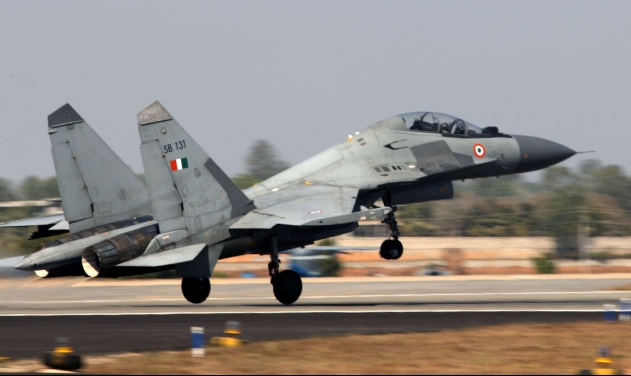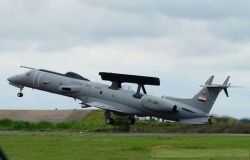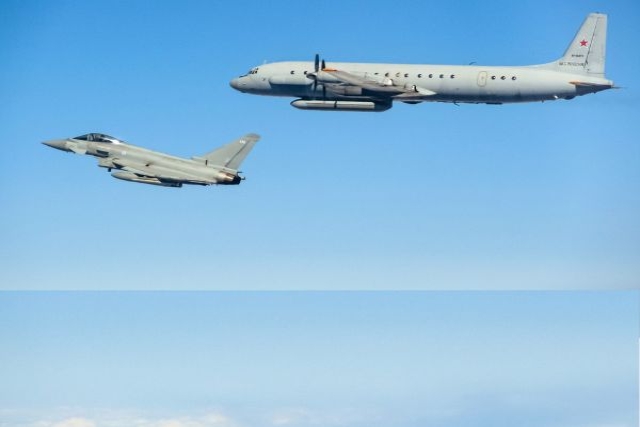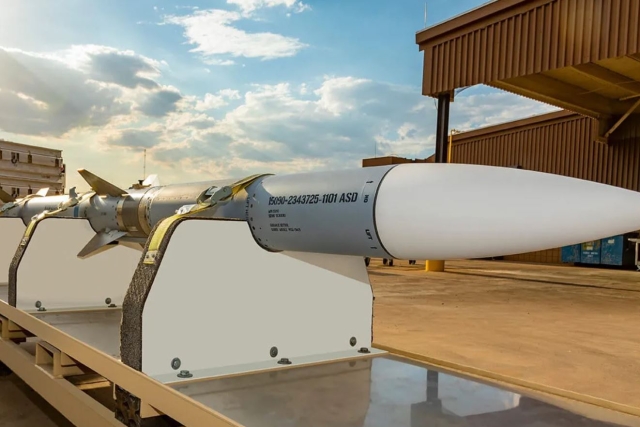India To Test Anti-Radiation Missile On Su-30MKI

India’s Defense Research Development Organization (DRDO) scientists will test prototypes of indigenous new generation anti-radiation missile (NGARM) for captive flight trials on Su-30 MKI aircraft to validate its seeker, structural integrity, navigation and control system, and aerodynamic capability in June.
“India’s DRDO scientists will undertake ground testing of NGARM in April and will develop two prototypes by June,” Defense News quoted unnamed officials as saying Thursday.
The Indian Air Force (IAF) has raised objections to the NGARM which is under development. The 60-kilometer-range NGARM is too bulky, IAF officials said.
DRDO is developing NGARM for the service's Mirage-2000H, Jaguar, Su-30 MKI and the upcoming Light Combat Aircraft.
"NGARM being developed by DRDO weighs around 140 kilograms and is too heavy, whereas IAF wants only such missiles that do not weigh over 100 kilograms; this one will not meet our requirement," said a senior Air Force official.
"DRDO has never kept us in the loop about this missile, and we are not sure if we will at all use it," the IAF official said, adding, "Infrared radiation seeker technology from Russia will make it too bulky."
However, one DRDO scientist said the missile should meet all Air Force fighter requirements: "We will make sure it is proven successful."
He claimed that NGARM is largely an indigenous missile. But one DRDO source said the agency could not develop the missile on its own and that DRDO has sought help from Russia for seeker technology.
NGARM's broadband seeker is able to pick up radiation or signals emitted by radars and communication systems, home onto the target and destroy the network.
DRDO for the first time is using a dual-pulse propulsion system instead of thrust propulsion for the NGARM, said a DRDO scientist.
NGARM is a single-stage, solid-fueled system and is expected to be ready for induction in the next three years. It will be produced jointly by state-owned Bharat Dynamics and Bharat Electronics.
NGARM will carry sensors and an RF seeker in its head, and a fixed antenna on its nose to detect radar by tracking its electro-magnetic radiation.
Currently the Air Force equips its Su-30 MKI fighters with the Russian Kh 35 missile, and uses the French Martel anti-radiation missile on its Jaguar and Mirage aircraft.
The Air Force also is negotiating to buy AGM 88 missiles from the US and plans to induct more than 1,500 in the next five years.
Alongside NGARM, DRDO is also planning to develop a ground-based anti-radiation missile to be launched from a mobile launcher but no details have been made public.













